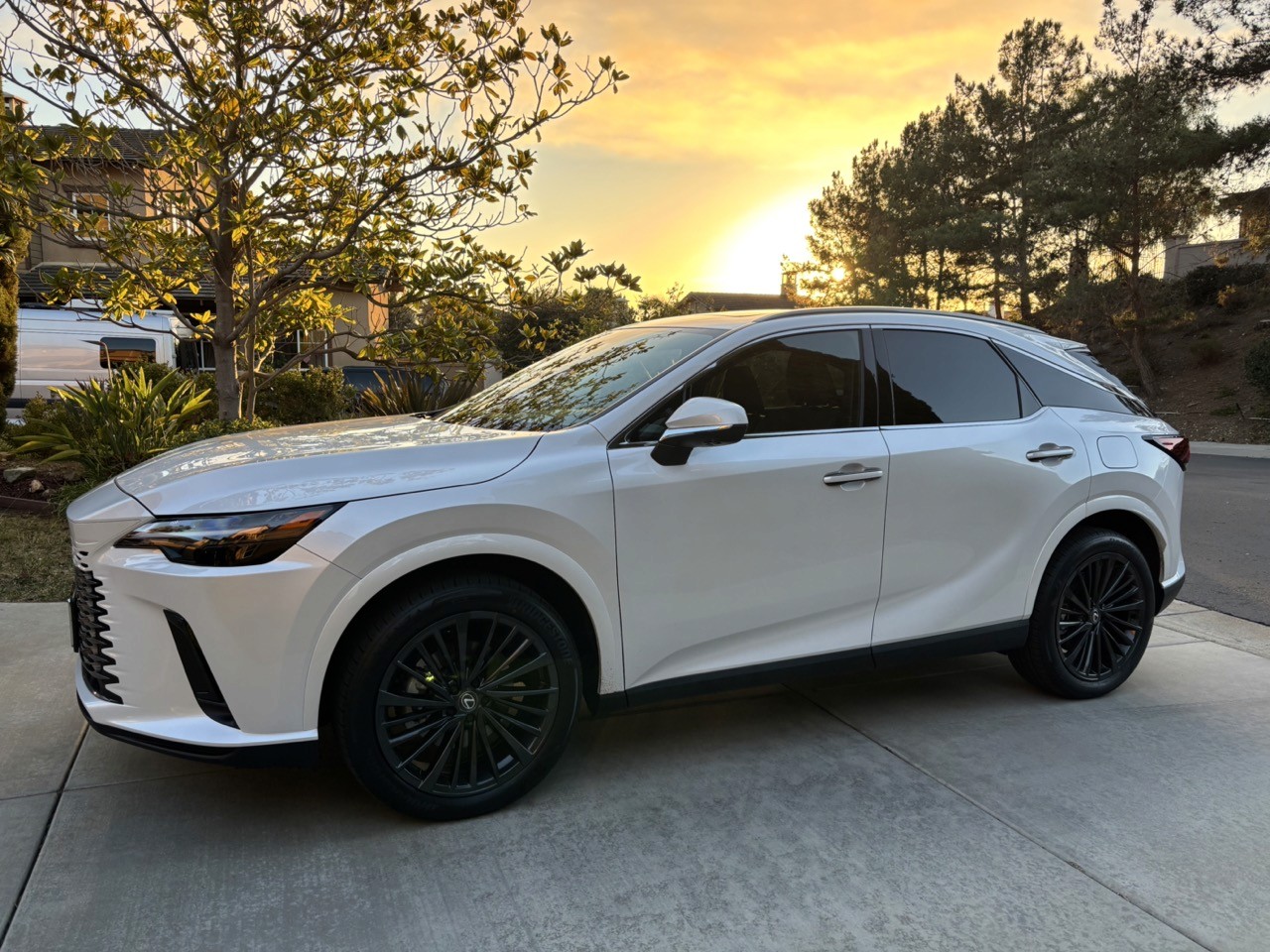Understanding OEM Captive Lenders: A Guide to Manufacturer-Backed Financing
Written By
CarOracle Experts
Published
May 28, 2023
Discover the world of Original Equipment Manufacturer (OEM) captive lenders, the unique financing options they offer, and how they can benefit you as a car buyer.
At a Glance
What are OEM captive lenders?
Why do manufacturers establish captive lending organizations?
How does financing through captive lenders work?
How can consumers benefit from OEM captive lenders?
Introduction
When financing a new or used vehicle, one option that many consumers overlook is the financing offered by the vehicle's Original Equipment Manufacturer (OEM). This type of financing, typically managed by an OEM's "captive" lending division, can offer several benefits over traditional auto loans, particularly when it comes to financing a new vehicle. But what exactly are captive lenders, and how can they benefit consumers? Let's take a closer look.
What Are OEM Captive Lenders?
OEM captive lenders are finance companies owned and operated by car manufacturers. Some examples include Toyota Financial Services for Toyota, Ford Credit for Ford, and GM Financial for General Motors. These lenders were created with the sole purpose of supporting the sales of their respective manufacturers by providing financing options directly to consumers, making the purchase and financing processes smoother and more streamlined.
Why Do Manufacturers Establish Captive Lending Organizations?
Car manufacturers establish captive lenders primarily to offer competitive financing options directly to consumers, ensuring a steady stream of consumers buying their cars. This control over the financing process helps manufacturers coordinate vehicle production with sales rates. Moreover, captive lenders allow manufacturers to have more control over the sales process, helping to ensure a smoother buying experience for customers. They also offer more flexible financing options tailored to the manufacturer's vehicles and the specific needs of their customer base.
Additionally, most vehicle leasing today occurs through captive lenders. Traditional banks were once more involved in leasing, but over time, captives have dominated this sector with their attractive offers.
How Does Financing Through Captive Lenders Work?
Financing through an OEM's captive lender typically involves a simple and straightforward process. During the vehicle purchase process, the dealership's finance department will work directly with the captive lender to secure financing for your vehicle. The dealership will guide you through the application process, submit your information to the lender, and provide you with the terms of the loan or lease agreement once approved.
In some cases, the captive lender might offer special promotions, such as reduced interest rates or cash-back offers, especially on new models or slower-selling vehicles. These promotional financing options can provide significant cost savings compared to traditional auto loans.
Some OEM captive lenders, like Toyota Financial Services, even offer pre-approval services online. This feature allows consumers to apply for credit directly on the manufacturer's website before even stepping foot in a dealership.
How Can Consumers Benefit From OEM Captive Lenders?
There are several potential benefits to financing your vehicle through an OEM's captive lender:
Competitive Rates: Captive lenders often offer competitive interest rates, especially during promotional periods. These rates can be lower than those offered by traditional banks or credit unions.
Flexible Terms: Captive lenders can provide more flexible loan terms, such as longer loan periods or lower down payments.
Special Promotions: OEMs may offer special financing deals through their captive lenders, particularly on new or slow-selling models. These can include low or even 0% interest rates for a certain period, cash back offers, or discounts on specific models.
Smooth Process: Since the dealership works directly with the captive lender, the financing process can be more seamless and efficient, often allowing you to drive off the lot with your new vehicle the same day.
Recommendations
When exploring vehicle financing options, consumers should consider OEM captive lenders alongside traditional banks, credit unions, and other financing sources. With their competitive rates, flexible terms, and potential for special promotions, captive lenders can provide a viable and sometimes preferable alternative. Furthermore, the convenience of applying for credit online, as offered by some captives, adds to their appeal.
Remember to understand the full terms and conditions of any loan or lease agreement before signing. This includes understanding your rights and obligations, payment terms, penalties for late payment, and the impact on your credit score. It's also important to compare offers from multiple lenders to ensure you're getting the best deal.
Conclusion
While OEM captive lenders are not the only option for financing your next vehicle, they offer a range of benefits that can make them an attractive choice. As with any financial decision, it's essential to review all your options and choose the one that best fits your individual needs and circumstances. In the end, the right decision is the one that offers you the best value and peace of mind.












